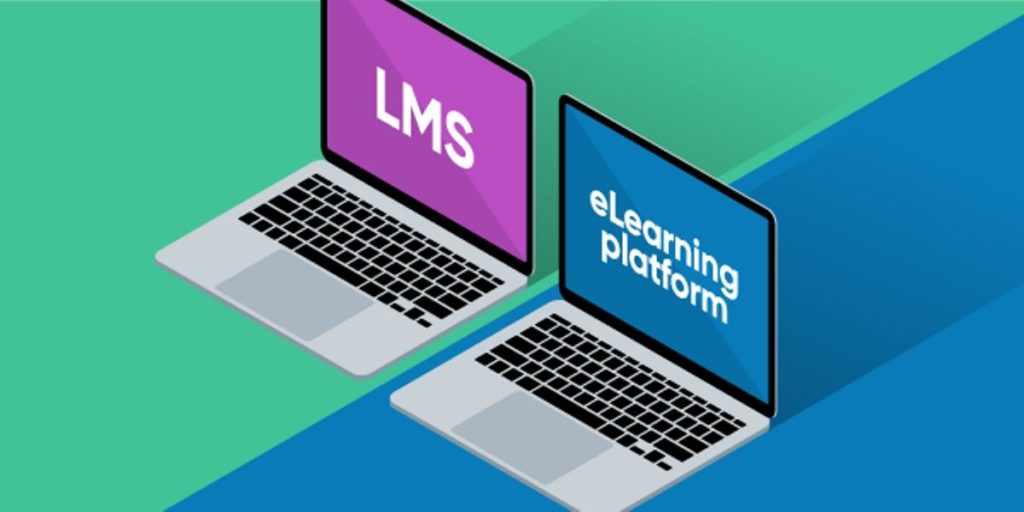Introduction To E-learning and LMS
The E-learning and LMS Market Industry is growing rapidly since last decade. In Today’s Era, You can learn anything you want through E-learning Which is easily accessible to everyone because It is Evolving Rapidly. There are few things which are helping E-learning to its growth such as accessibility, ease of access, flexibility, Lectures Can Be Taken Online at Any Time & Number Of Times, scalability, cost-effective and many more.
The Market of LMS is Total depends on E-learning because it will evolve in the proportion of the evolvement of the e-learning industry. There are Many LMS software service providers in the market. Moodle is one of the LMS software and it is widely used by many in multiple countries.

Statistics: E-learning and LMS Market
The value of the LMS market share was measured at $2.5 bn in 2013, $7.8 bn in 2016 and, according to various predictions, the number will have increased to $15.72 bn by 2021. These numbers showed a significant financial offering to the distance education field, not to mention the huge potential of the e-Learning market.
MS (Learning Management Systems) are widely used in different industries, but the main one is Education (21%); then comes Technology (12%) and Manufacturing (9%). The number of governmental institutions using LMS software for training purposes remains small (2%).
Starting in 2011, the Increase rate of the e-Learning market is to 5.1% in North America, 6% in Western Europe, 8.2% in the Middle East, 14.6% in Latin America, 15.3% in Africa, 16.9% in Eastern Europe and 17.3% in Asia.

55% of all LMS installations are deployed in the cloud, and the other 45% are on-premise LMS solutions.
cloud LMS:
- Quicker deployment;
- No technical resources are required;
- Low initial investment;
- Scalability.
On-premise LMS:
- Low costs in the long run;
- Security restrictions for storing proprietary data (governmental organizations, banking sphere);
- Full control of LMS software and data;
- More customization opportunities.
Half of LMS users don’t invest more than $5,000 on LMS execution. Only 1% of all LMS execution fees are at a cost of more than $50,000.
More than half of LMS getters execute their LMSs under 6 months, whereas the other 24% of users need up to 1 year. For the remaining of the LMS users, more than a year is important to get an LMS up and running.
Among the top LMS trends in 2016 are the following:
- Mobile Learning;
- Gamification;
- Personalization;
- Cloud;
- Video;
- MicroLearning;
- Social Sharing.
89% of LMS students study E-Learning courses on a desktop, 76% on laptop, 25% on tablet, and 19% on smartphone.
There are reasons for LMS acquisition are diverse, but the most common of them are the following:
- General Training (24.81%);
- Certification Training (22.90%);
- Compliance Training (14,50%);
- Onboarding (12.6%);
- Customer Training (11.45%);
- Selling Courses (9.16%);
- Other (4.58%).
40% of LMS users report a 40% growth in revenue, a 53% growth in productivity, a 26% decrease in cost, and a 16% decrease in turnover rate as the result of an LMS purchase.
LMS features
- Assessment tools;
- SCORM;
- Learning Paths;
- Blended Learning.
A Classic LMS purchase scheme looks like this:
- A potential buyer performs a search in Google or any other search engine;
- Asks for recommendations and reads reviews;
- Sends an RFP to several LMS vendors that s/he finds the most appropriate;
- Analyzes the RFP data and schedules demos with the selected LMS providers;
- Makes a final decision and purchases the LMS.
Among the top reasons why buyers are not satisfied with the chosen LMSs are:
- Poor user experience (88%);
- The Poor administrative interface (74%);
- Poor reporting (66%);
- Lack of integrations (66%);
- Lack of mobile capabilities (66%).

